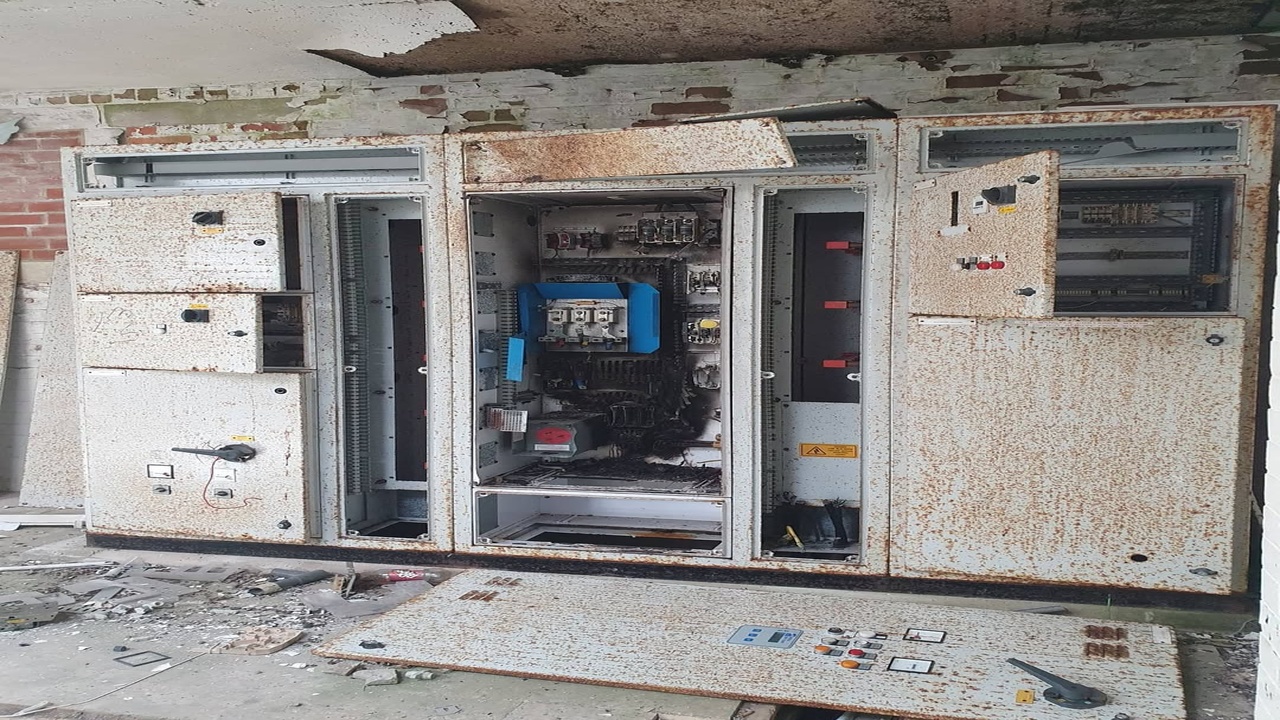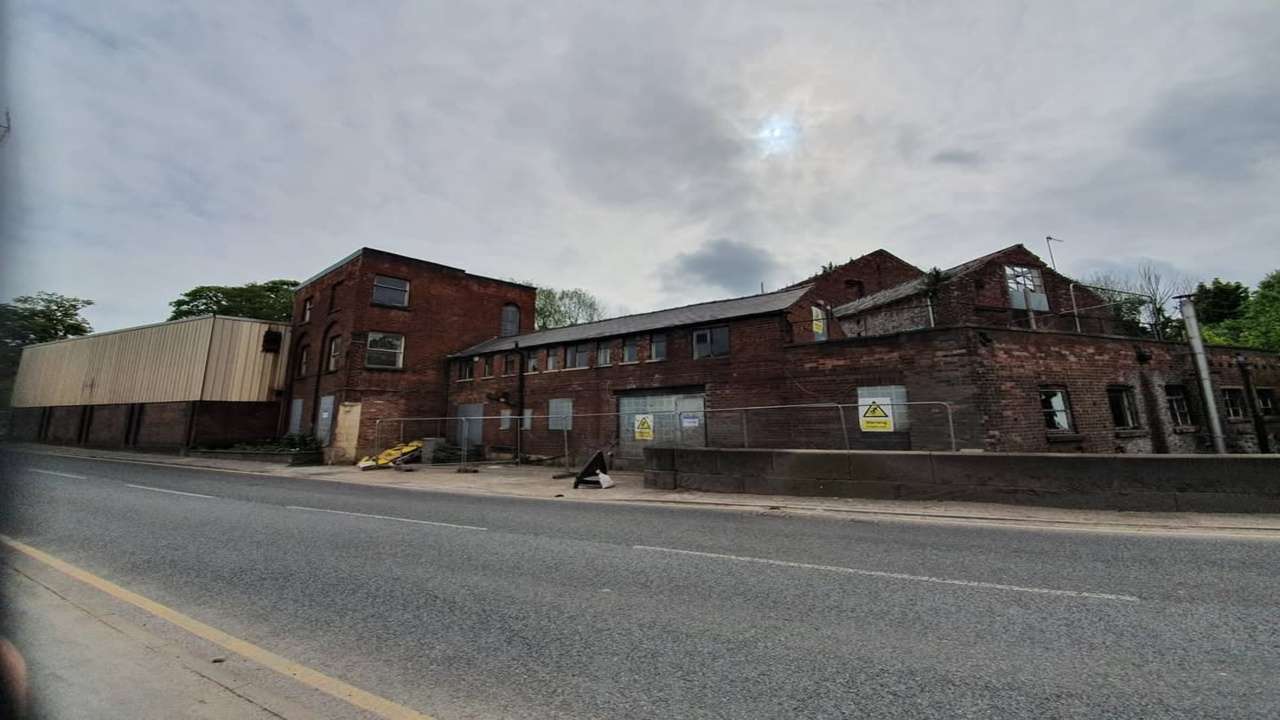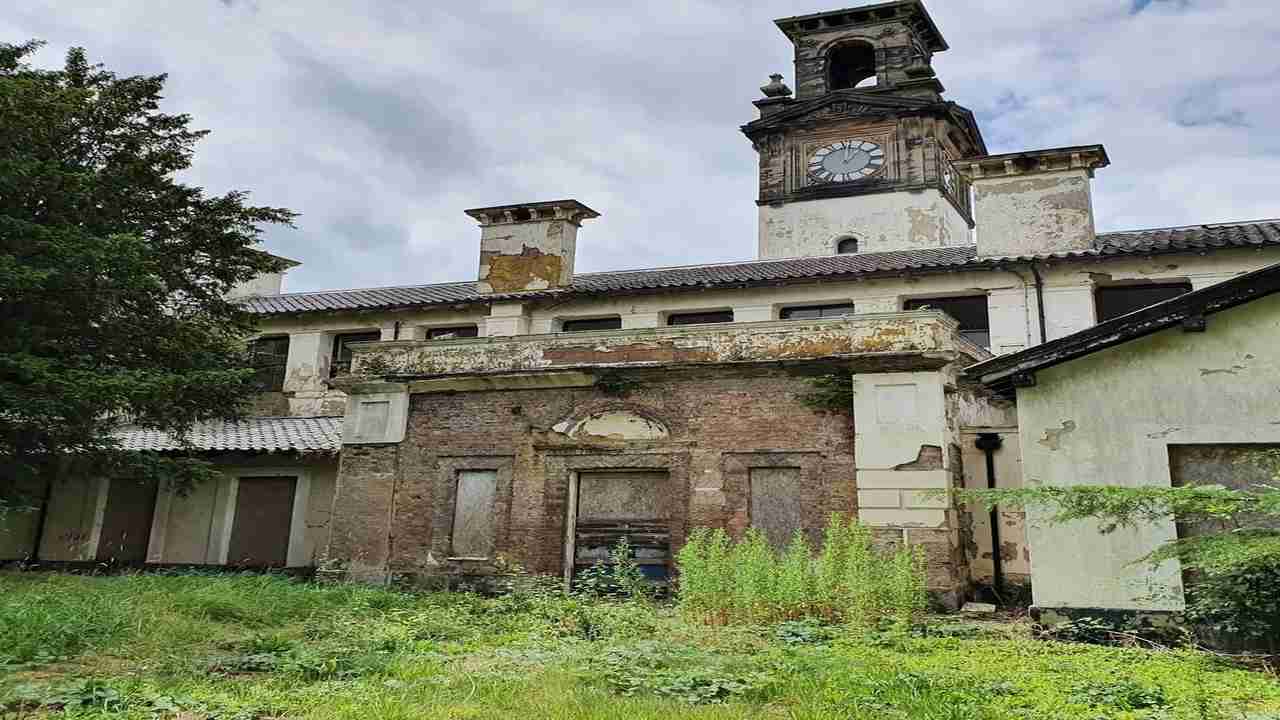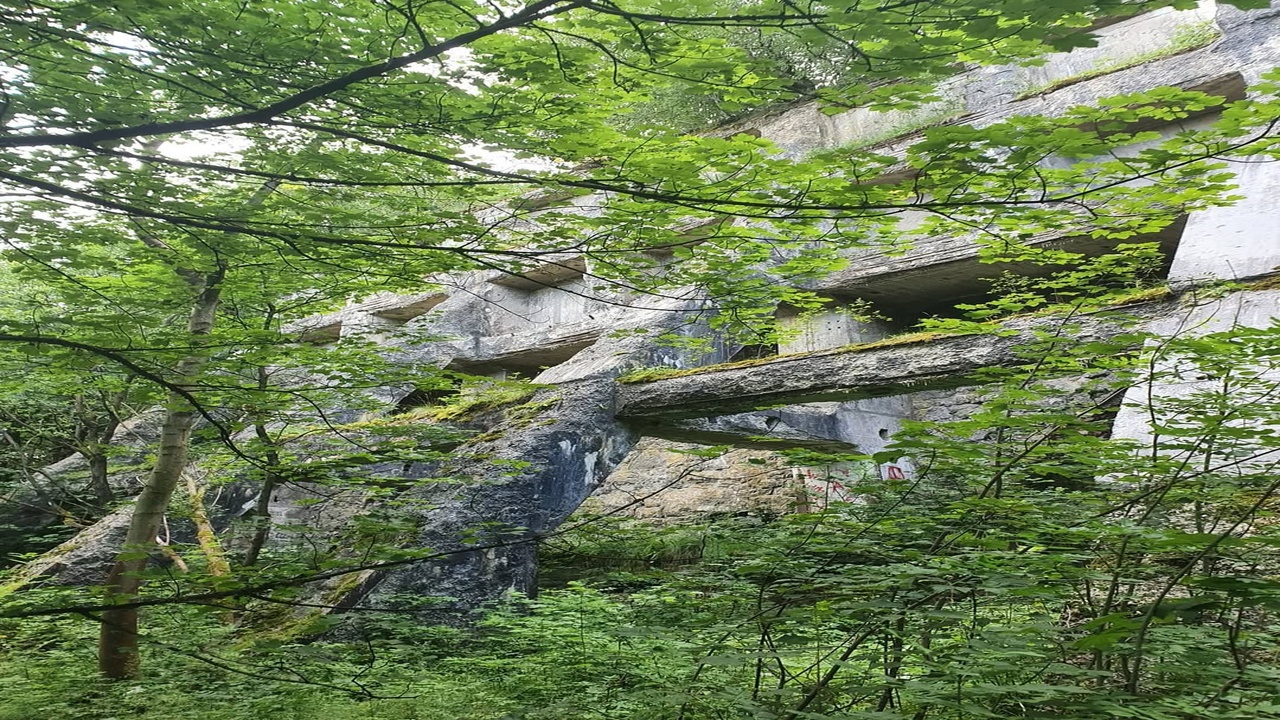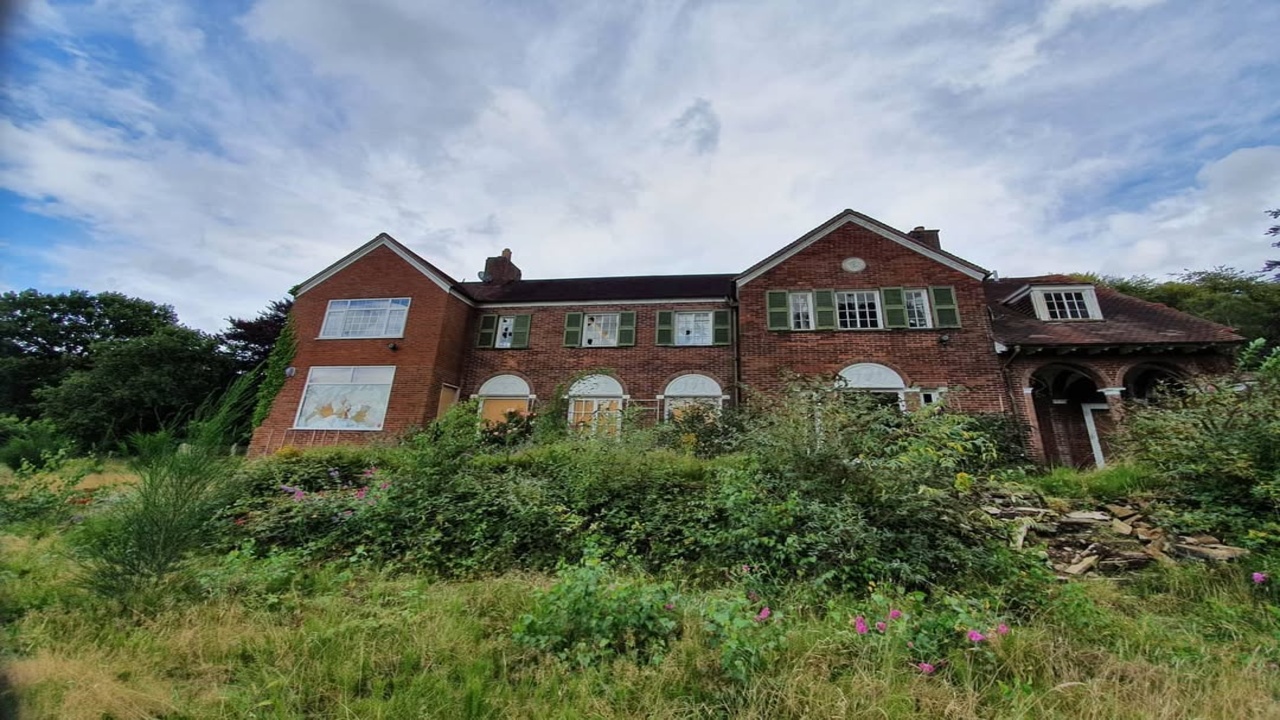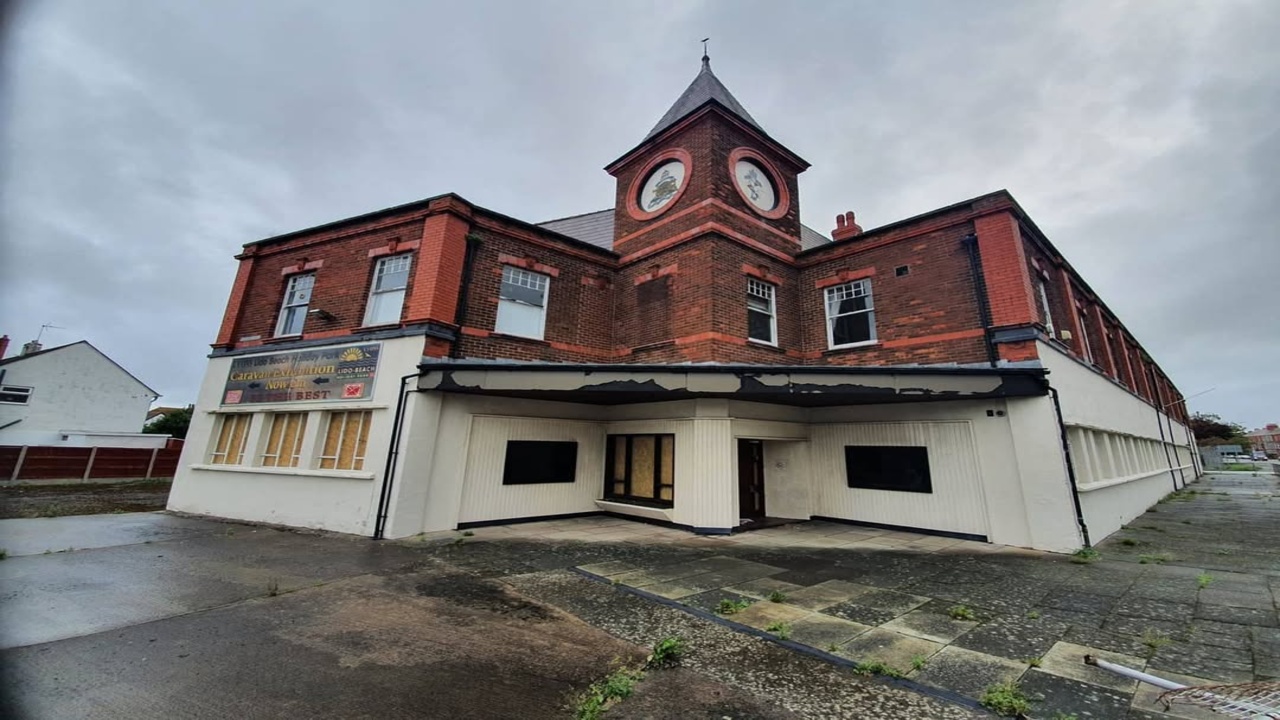In the early 1900s, the abandoned water plant located on the outskirts of the city served as an operational facility, remarkably advanced for its time, equipped with cutting-edge technology designed to purify and distribute water to the nearby regions. It aided the city’s industrial growth since its population expanded rapidly and served a critical function in safeguarding the health and welfare of the population for many years. However, as the city grew, the water demand started to exceed the supply, leading to the plant’s eventual abandonment.
The derelict water plant has bestrewn all over with plants and weeds which capture city’s industrial history. This sight has turned into a magnet for urban explorers and even history fandoms all over. Due to its dilapidated infrastructure, it has sashayed into a must-visit location for filmmakers and photographers looking for a breathtaking and one of a kind scenery. Regardless of the plant’s extreme wear and tear condition, it is cherished dearly by the community for the memories it holds as decades ago, it played an essential role for enriching the community.
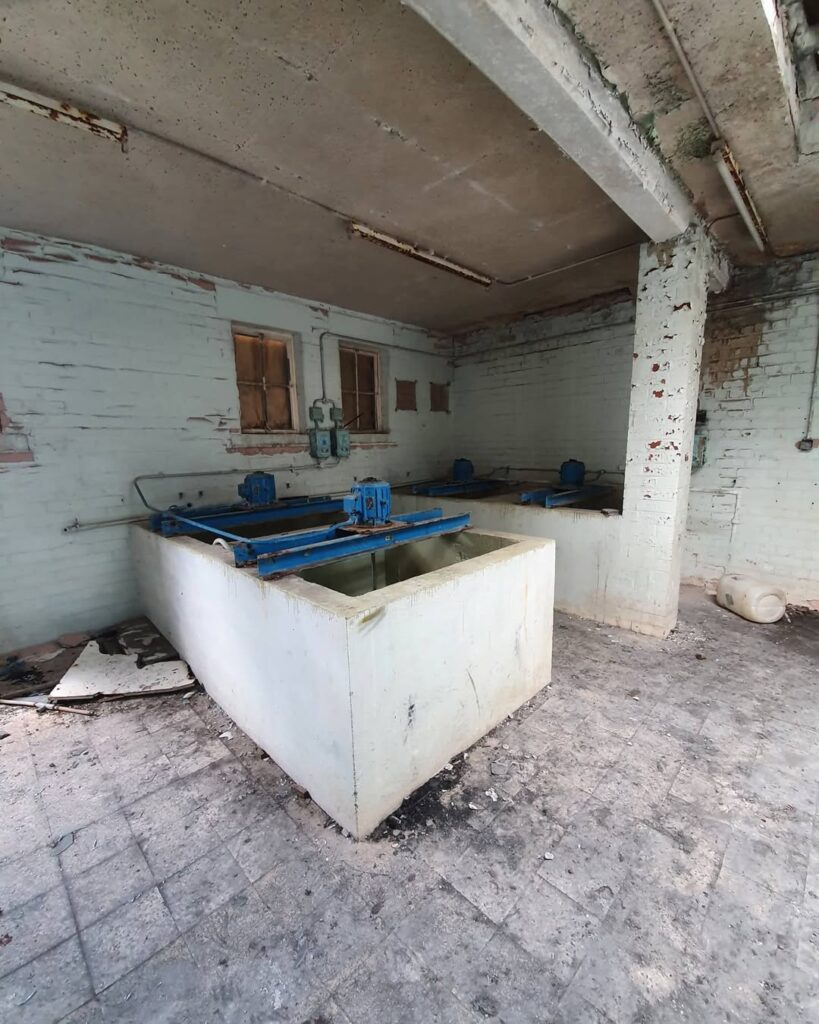
The Present Situation of the Water Plant
Currently, remnants of the abandoned water plant evoke an overlooked monument of an epoch long gone. Where there used to be a vibrant center of activity, now there is only an empty and desolate landscape. The complex’s smokestacks and rusty machineries have become relics long forgotten in time. Although nature is slowly recovering the site, with vines and plants emerging from the concrete and steel, the interior of the plant still retains an orderly system of dark hallways and immense rooms that echo the glory of its past.
People’s curiosity over the spellbinding beauty of the site drives visitors to explore even the most off-limits structures. With crumbling floors and walls, urban explorers risk their safety for glimpses to amazing relics of the past. At the same time, historians and preservationists work avidly in a fight to protect and preserve what they see as a socio-historical treasure. While attempts to restore the water plant have been met with mixed enthusiasm, the goal of preserving the site has stirred fresh debate over what the future holds for it.
In spite of the worn-out condition of the water plant, its smokestacks and large structures still give off a sense of prominence and the attention they used to command is not completely lost. The place serves as a relic of the stubborn endurance and ingenuity of the people who invested hard work in constructing and functioning it.
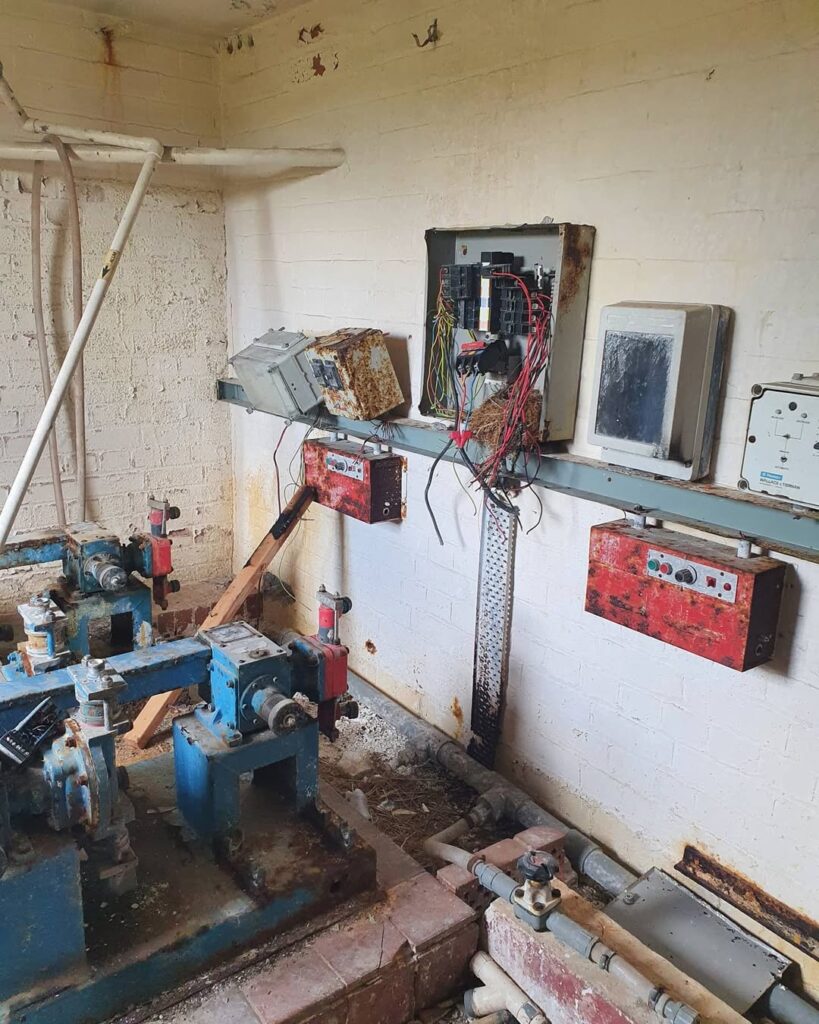
The Changes in the Community and How it was affected
Emotional and Economic consequences immoralized the society when the water plant was shut down. For over 40 years, the plant bore the pride and self esteem for the county community, which means that they used the plant to boost their economy. Losing their pride complex resulted in the town emptying out. Many people faced job losses not because of income but due to inflation, so additional to being jobless, these people were also without food and shelter. Also, the demolished water plant made people reminisce their glorious past.
Beyond these economic concerns, the decommissioning of the water plant raised other sough ponderings concerning environmental as well as public health. Old Equipment can age and over time become detrimental to society in the form of spills and leaks. Further, the community as a whole becomes more cautious and protective about their natural resources and will look for ways to fix the poison that water plants emit. Therefore, there is an answeric attempt in the society to control the natural environment.

Efforts to Revitalize the Abandoned Water Plant
Interest in transforming the abandoned water plant into a cultural and recreational site has grown recently. Preservationists and advocates for adaptive reuse have come forward with some ideas that involve repurposing the site while keeping its historical importance intact. Some propose the development of a museum or an interpretive center which would inform visitors about the region’s industry while servicing educational tours on water conservation and sustainability. Some others suggest that parts of the plant complex could be turned into artist studios, performance spaces, or community gardens sparking a collaboration with local artists and residents.
Alongside cultural and recreational purposes, there’s potential for sustainable development as well. For example, solar panels or wind turbines could be integrated into the landscape as clean power sources for the adjacent neighborhoods. There is also the potential for adaptive reuse of the existing structures with commercial or residential prospects which could help sustain the distinct character of the region. These approaches would be instrumental in not only revitalizing the abandoned water plant but further advancing the community’s economy and overall development.
Hoping to achieve a vibrant and energetic community, they aim to revitalize the town by transforming some of its existing buildings into hubs of social activities and incorporating sustainable design elements.
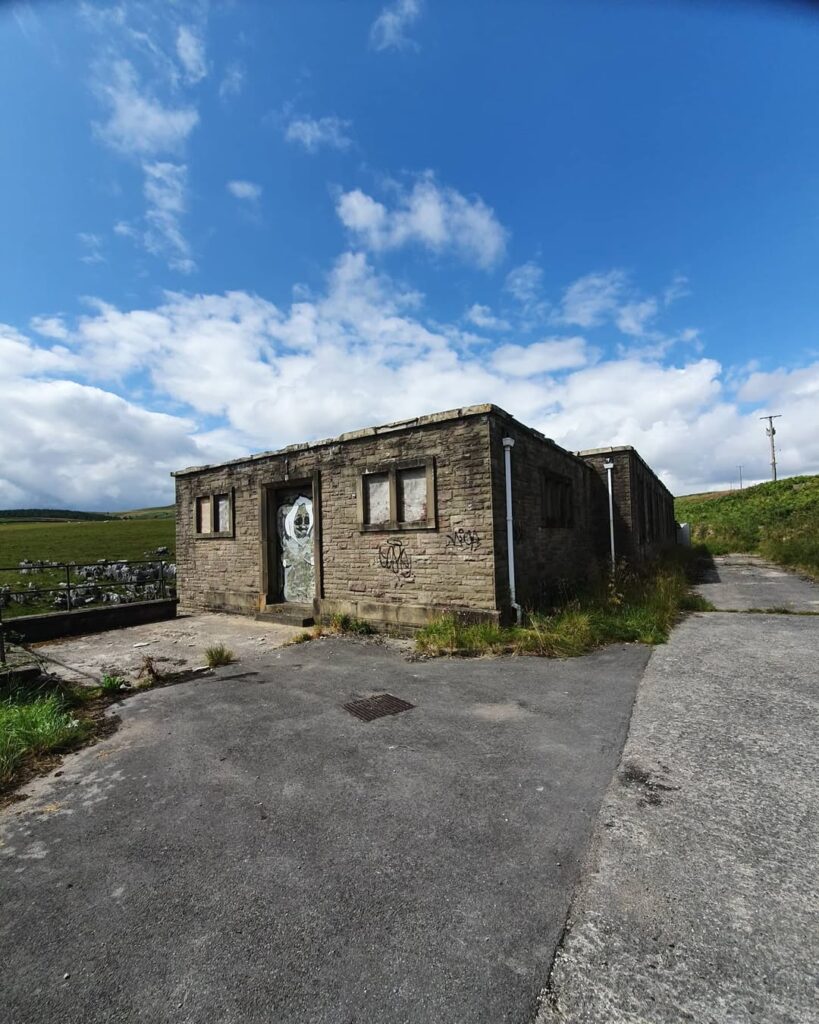
Revitalization Strategies for the Water Plant Structure
Several options have been put forward as plans to move forward with the discussions considering the revitalization of the water plant structure. One approach could be undertaking adaptive reuse projects which change the water plant structure to serve different purposes but preserves its architectural significance. Such an approach could result in the integration of cultural, recreational, and commercial activities that serve multiple interests within the local community. An alternative approach would be to focus on thorough remediation strategies which deal with contamination issues and restoring the natural habitats surrounding the water plant structure.
Whichever strategy is approached first, it is evident that a blend of public and private collaboration will be crucial for realizing the water plants full potential. Collaborations with developers, because of their readily available resources, or conservation and cultural institutions because of their school of thought can all contribute towards realizing novel solutions. Comprehensive strategies that take into account environmental, social, and economic impacts tend to be more successful for sites like these and can better the lives of people who inhabit the area now and in the long run.
In summary, the underlying themes of the water plant tell the story of an old plant with great potential to become a focal point for the community’s future. The history surrounding the plant, its importance to the environment, and the opportunities that can stem from its restoration position it to be the center of attention for years to come.
